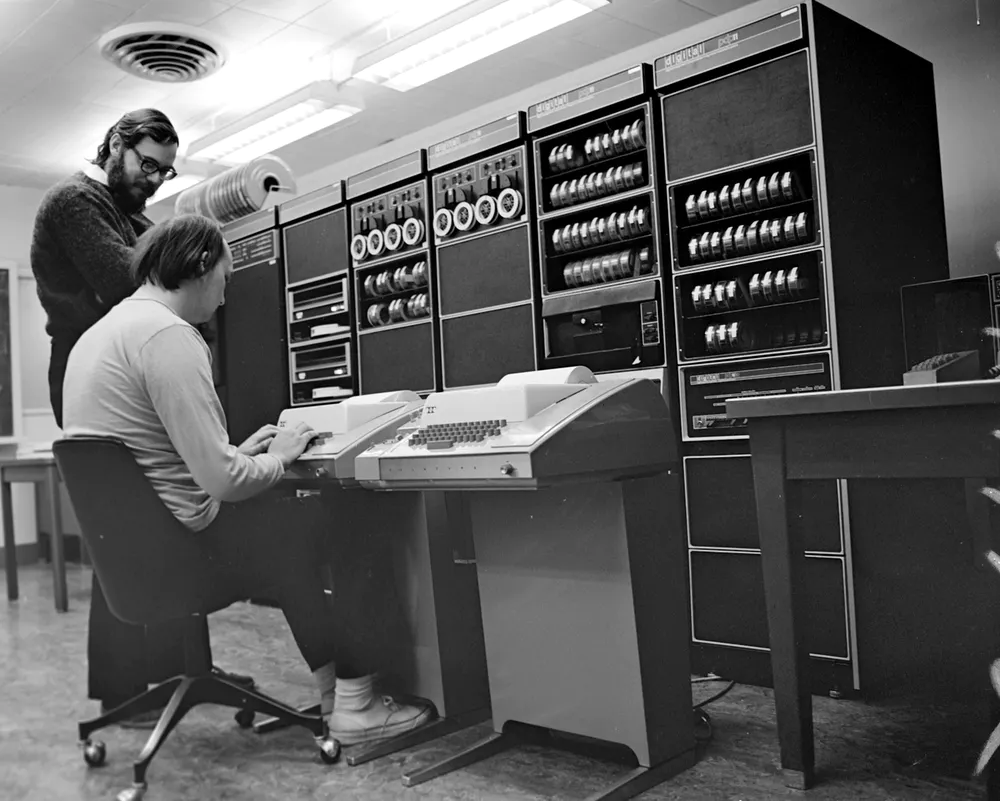Table of Contents
Australia first connected to the internet in 1989 through Melbourne, which was utilized mainly by computer experts. Thirty years later, over 86% of households in Australia have access to unlimited internet plans. Initially, network capacity could only carry small amounts of information, but this has significantly improved through the years.
Nevertheless, all of that changed with the help of more intelligent computers, making everyone’s online experience better. See how you can now use the web, view your email, and use even handheld devices connected to the internet. All these things were not possible three decades ago.
One with the World
When Australia started to connect to the global network, the internet had already existed for two decades. Note that the U.S. launched the first network in 1969. Though Australia also had networks in 1980, the lack of regard from providers and distance made these globally isolated.
The first global link only had 56 Kb of local connectivity, which is insufficient to stream one song that needs 128Kbs. Moreover, it would require seven days for a film to reach Australia.
At that period, digital images, videos, and music were not yet distributed online. Internet plans were not available to many, but most users were researchers or academics in physics or computer science.
The Development of Technology
The first development is the global computer network itself. Australia had many networks made by Information Technology departments to secure and connect universities to networks run by industry and defense.
When Melbourne made its first link available, it opened an opportunity for ACSNET to connect to the U.S. and the other parts of the globe. Not only that but there were also other developments in technology, such as the increase in network capacity.
By the 1990s, the bandwidth increased significantly, which allowed more network capacity, thereby providing the transmission infrastructure to make the web in demand. Not long after, unlimited internet was made available.
Another progress was in computers. Computers had been increasing their speed every year and had become more affordable. Furthermore, the capacity of computer disks also grew every year because the web would need space for storing web pages and running servers.
Modern Operating System
The birth of a new and modern operating system (UNIX) became the core of systems worldwide. UNIX was developed by Dennis Ritchie, Ken Thompson, and some of their colleagues in AT&T Bell Labs in 1970.
During that time, other operating systems could only accommodate one type of device. Programs and codes could not go across different machines manufactured by different companies.
UNIX, however, could be utilized on different types of computers or devices. For that reason, UNIX variants remain to be the core of Android phones, Apple Mac devices, smart TVs, and many more.
Conclusion
The global network continues to develop and grow with access via mobile, wireless, and cable handsets. Almost everyone in the world has internet services in their cars, homes, and more. People freely stream videos and music online. However, remember that all these started with simple beginnings.








